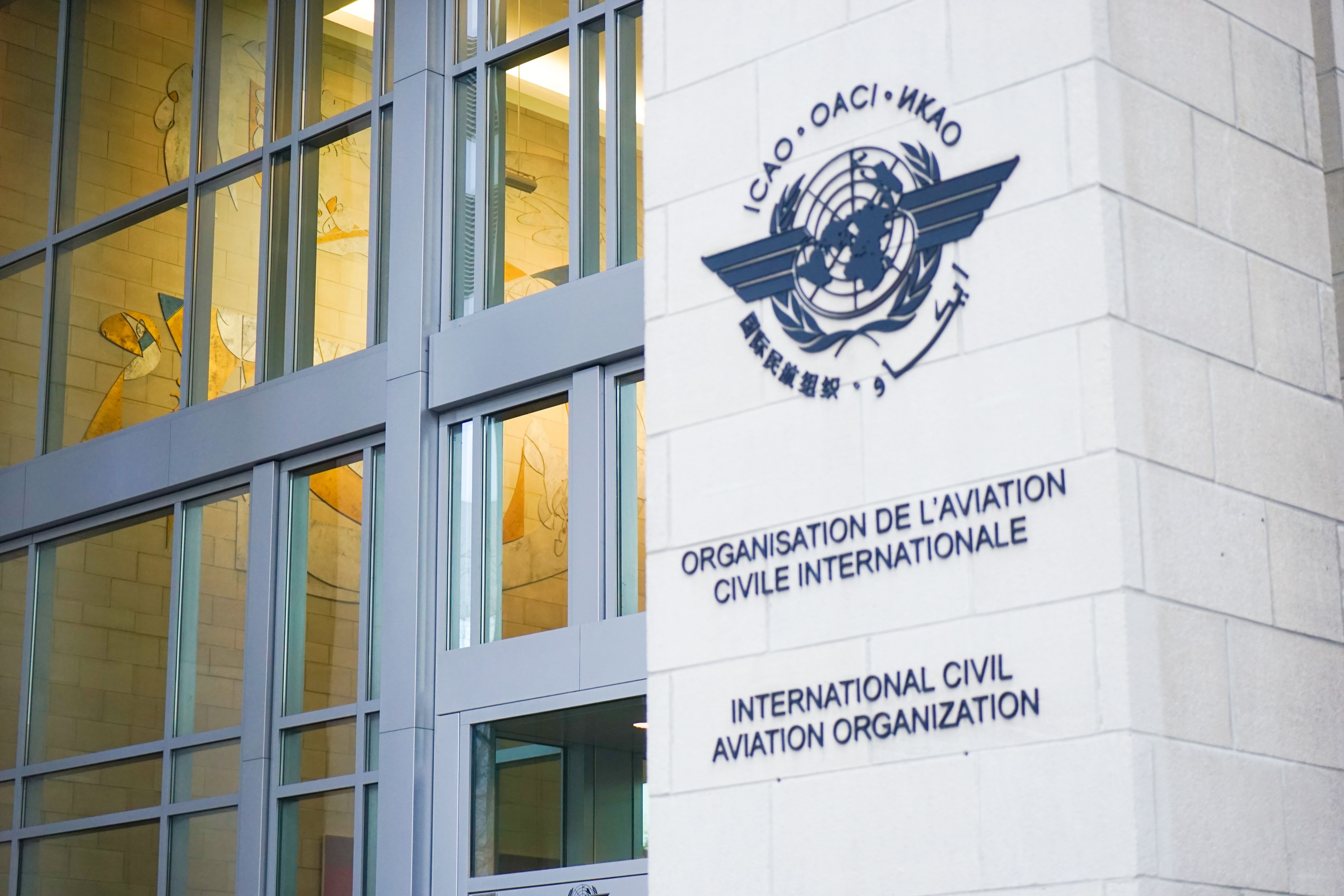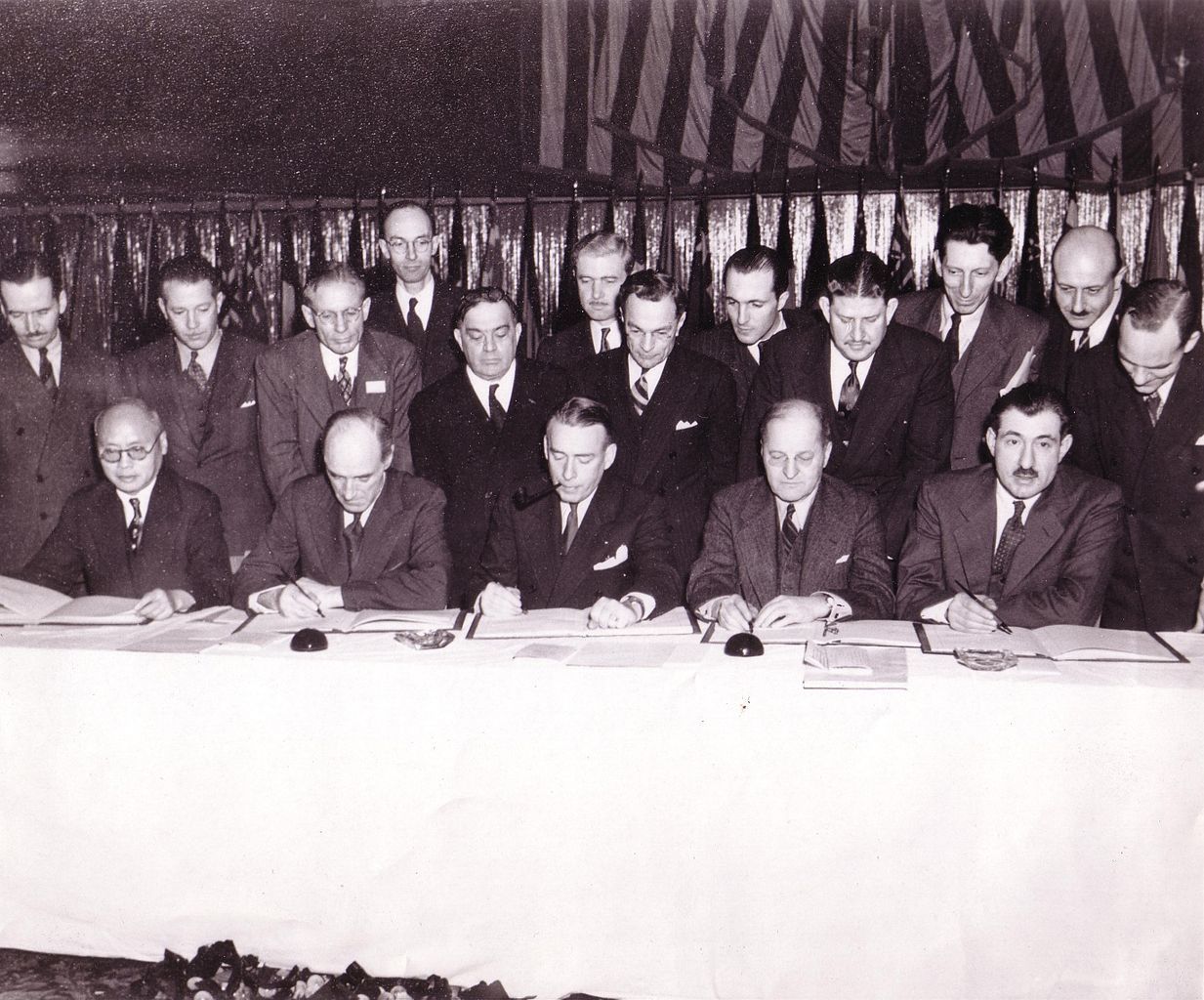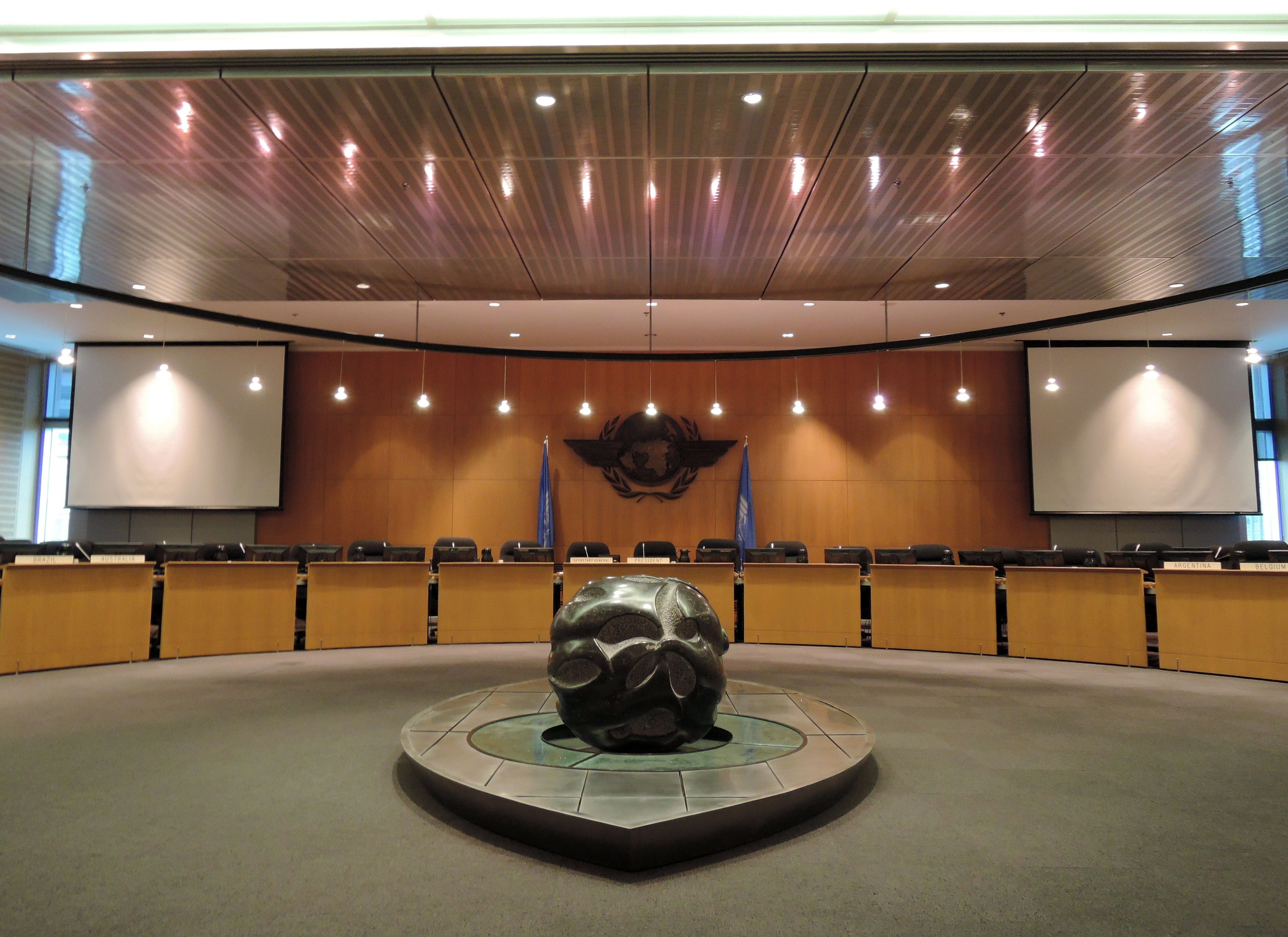Located in downtown Montreal, within the International District, is the global headquarters of one of the many United Nations specialized agencies, the International Civil Aviation Organization. Responsible for air safety, airworthiness, regulations, compensation, standardization, and more, the ICAO tries to ensure the smooth operation of international air travel. But where are the agency’s origins?
Aviation’s earliest years
Before the ICAO, we had the ICAN - the International Commission for Air Navigation. Its roots can be traced back to 1903 with eight nations, but things didn’t pick up substantially until the 10s when between 30 and 40 countries joined the conferences. This group operated until the mid-1940s when delegates from 52 states signed the Chicago Convention on International Civil Aviation or just the Chicago Convention.
As declared by the Convention:
“WHEREAS the future development of international civil aviation can greatly help to create and preserve friendship and understanding among the nations and peoples of the world, yet its abuse can become a threat to the general security; and WHEREAS it is desirable to avoid friction and to promote that cooperation between nations and peoples upon which the peace of the world depends; THEREFORE, the undersigned governments having agreed on certain principles and arrangements in order that international civil aviation may be developed in a safe and orderly manner and that international air transport services may be established on the basis of equality of opportunity and operated soundly and economically; Have accordingly concluded this Convention to that end.”
In addition to the many safety, registration, and finance-related rules established at the Convention, so was the ICAO. But there was a catch. Until 26 states, half of who signed the Convention, decided to ratify it, a “Provisional International Civil Aviation Organization” would operate to replace the ICAN. And on March 5th, 1947, the 26th country ratified the Convention, and a month later, on April 4th, the formal ICAO began operating. Since then, the organization has been responsible for over 12,000 standards and suggested practices, transforming flight operations and air travel.
It has grown considerably since inception
Today the ICAO is made up of almost every country, splitting the world seven ways:
- NACC (North and Central America/The Caribbean)
- SAM (South America)
- EUR/NAT (Europe/North Atlantic)
- MID (Middle East)
- WACAF (Western and Central Africa)
- ESAF (Eastern and Southern Africa)
- APAC (Asia/Pacific)
According to the ICAO, there are 193 member nations; of those are 192 UN member states and the Cook Islands. The missing United Nations member country is Liechtenstein, though the government has asked Switzerland’s delegate to act on the country’s behalf. Also based in Europe, the Holy See, which is not a member state of the UN but a permanent observer that can attend meetings and has missions in Geneva and New York, is not a contracting state of the ICAO.
Love aviation history? Discover more of our stories here.
Historically, the Republic of China, or Taiwan, participated in the ICAO, but since its withdrawal from the UN in 1971, it has not been a recognized sovereign state. Despite being home to Taoyuan International Airport, one of the world’s largest cargo hubs and base of two renowned airlines—with one on the rise—they have only been invited as a guest occasionally, but not since the turn of the decade.
Source: ICAO, Britannica, Skybrary



